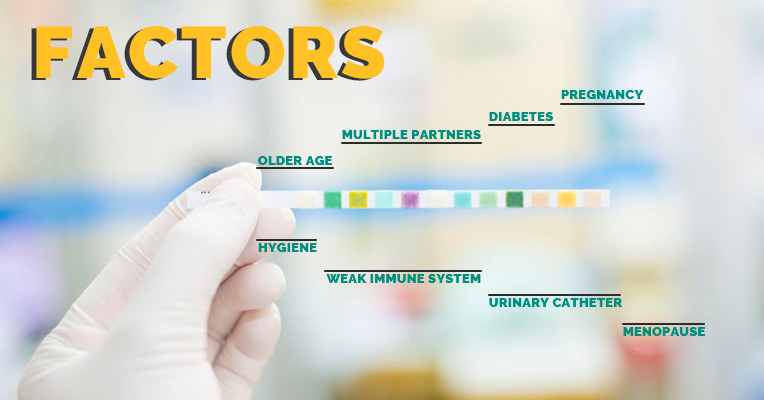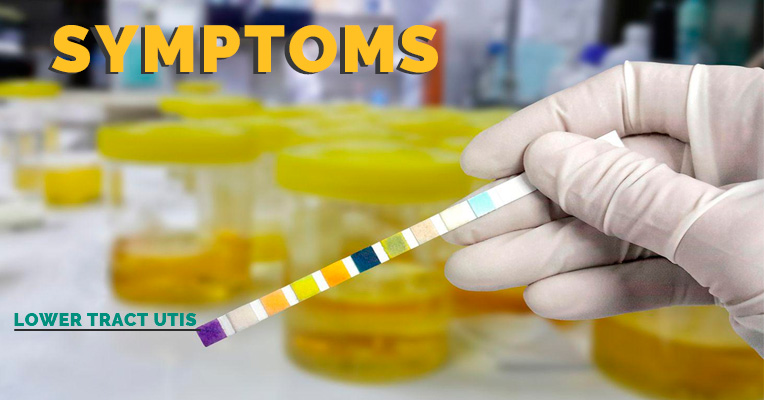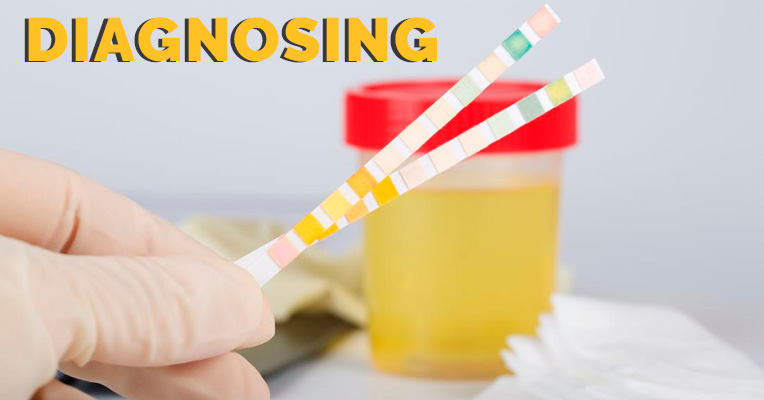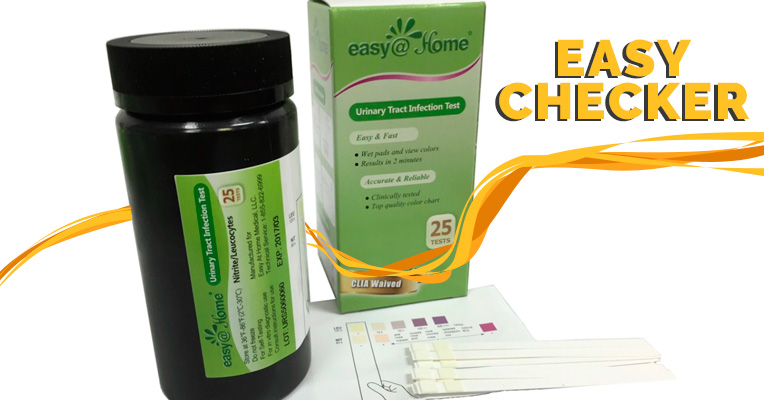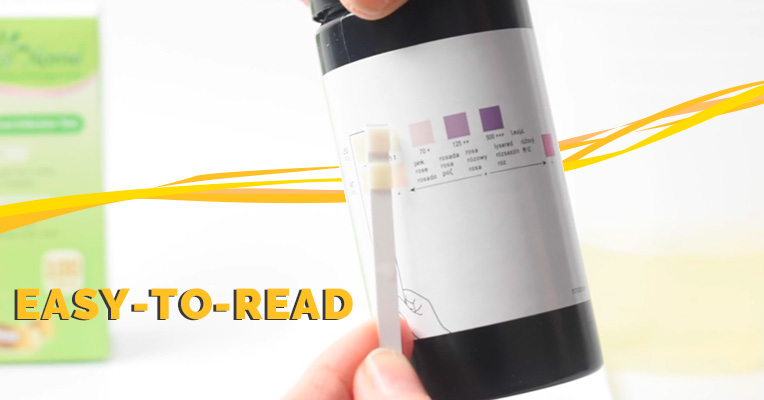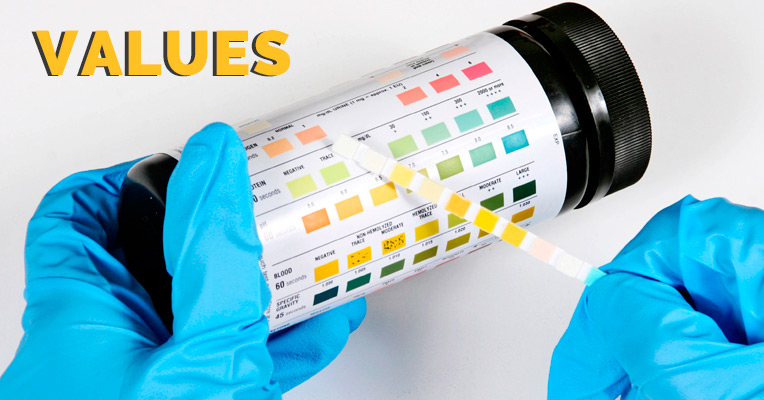If you feel discomfort and painful sensations in the lower belly or while urinating, great chances are that you have some kind of a urinary tract infection. A urinary tract infection or UTI is an infection affecting a part of a urinary tract including the kidneys, bladder, ureters, and urethra. Commonly, this type of infections is caused by bacteria, yet, there are also rare cases of viral and fungal UTIs. Most often, UTIs occur in the lower tract consisting of the bladder and urethra. Cystitis is by far one of the most general lower tract infections. Infections in the upper tract involving the kidneys and ureters (such as pyelonephritis) are rarer, yet, they are more severe and can quickly transform to a chronic condition.
In the vast majority of cases, urinary tract infections are caused by the bacteria E.coli dwelling in the digestive system and by pathogenic bacteria such as mycoplasma or chlamydia. It’s notable that women are at higher risk of developing urinary tract infections due to natural urinary tract anatomy with a shorter urethra. By statistics, the lifetime risk of having UTI for females is over 50%. However, men suffer from urinary tract infections as well and there is a number of factors that increase the likelihood of getting a UTI among men and women alike:
- older age accompanied by some chronic diseases;
- improper or poor personal hygiene;
- intercourse with multiple partners;
- diabetes and obesity;
- weak immune system;
- urinary catheter;
- any obstructions in the urinary tract blocking the urine flow;
- prolonged immobility;
- pregnancy;
- menopause;
- some urinary tract abnormalities from birth.
It is always easier to prevent disease than treat it. Minor infections are easier to rid of, hence, it is important to detect any abnormalities at early stages before they aggravate to a more serious condition. UTI symptoms vary by the part of the tract they affect. So, pay attention to the tell-tale signs not to miss the infection.
Lower tract UTIs symptoms:
- the acute burning feeling during urination;
- high urination frequency with small amounts of urine coming out;
- high urination urgency causing continuous discomfort close to pain;
- dragging pelvic pain in women or rectal pain in men;
- abnormal urine color. It looks cloudy or dark or might have some traces of blood;
- strong and strange urine smell.
Upper tract UTIs symptoms:
- Dull pain, pressure, and tenderness in the lower abdomen or in the upper back;
- Fever or chills;
- Nausea and vomiting;
- You simply feel tired and ill.
Even the slightest warning signs should not be neglected, especially when it comes to the upper tract infections since when left unattended, they can grow to a serious disease. And if bacteria get from kidneys to blood, it can cause severe complications and even death.
To diagnose a urinary tract infection and set a proper treatment plan, you will normally have to visit a doctor and bring your urine sample to be analyzed for microbes. Though urine testing is pretty simple and doesn’t require any special preparation from your side, there is still a rule to be strictly followed. Your urine should be sterile. It means you should stick to a “clean catch” method and collect your midstream urine into a special plastic container.
Urine samples are usually used to perform such laboratory tests as urinalysis entailing physical, chemical, and microscopic urine check and urine culture or bacteria culture test to detect some specific bacteria causing UTI. Other testing methods applied to diagnose UTIs include cystoscopy, ultrasound, CT, and MRI to have a look at your urethra and bladder. However, if due to some reason you are unable to see a doctor and do laboratory testing in the upcoming days, at-home UTI tests freely sold over the counter will become a real savior, like the one from Easy@Home.
It might happen that some feeling of discomfort or painful sensations start disturbing you on the weekend or during the trip and low chances are that you’ll be able to go to the doctor the very next day. The Easy@Home UTI test kit will let you check for a urinary tract infection right at home or wherever you are and find some relief before you’ll be able to get to the clinic.
Good news is that just like ordinary ovulation tests and pregnancy tests, the Easy@Home UTI test is FDA approved for over-the-counter sale. It means you can buy it in pretty much any drug store or find it in a pharmacy aisle of large supermarkets. What’s more, the kit comes at a fairly affordable price, giving you an opportunity to make sure you really have some kind of UTI before making more expensive clinical and lab tests. At less than $10, you’ll get a pack of 10 test strips you can easily use at home. Each strip is individually packed in an airtight and waterproof pouch to exclude contact with air and any liquids that lead to test results misinterpretation.
To pass the test, you just need to follow three easy steps. First, put the dipstick into a container with urine completely immersing the absorbing pad or urinate onto the strip for about 2 seconds. Then lay the strip with the pad upward and wait for 2 minutes. Finally, compare the results against the color chart to identify which is your color pattern. It’s easy as one, two, three.
When analyzing urine in the lab, doctors usually check for leukocytes and nitrites content that evidences the presence of UTI causing bacteria. In general, the Easy@Home test does the same. Actually, you’ll get two tests in one since you’ll be able to track both leukocytes and nitrites. There are two absorbent pads on each stick, with one going for leukocytes and another one standing for nitrites as shown on the illustrated leaflet included in the test package. Nitrite results should be read in 1 minute while leukocyte results are ready in 2 minutes. Avoid missing the reading times since in 3 minutes the results are already unreliable.
Once you identify your color pattern, you’ll be able to interpret your personal test results with the help of a special chart providing all possible result combinations and containing recommendations on your next steps. Thus, if both leukocytes and nitrites are negative, you are clear and have no infection. Leukocyte and nitrite traces as well as only detected nitrites suggest that you should repeat the test next morning while other combinations signalize the infection that means you need to consult a doctor.
Easy-to-use and easy-to-read, the UTI test strips from Easy@Home will help you:
- Monitor suspected symptoms of urinary tract infection in the privacy of your home;
- Save you a visit to the doctor if no remedy is needed;
- Avoid complications and any consequent more serious health problems;
- Start proper treatment in time.
All in all, the Easy@Home dipstick will make a helpful addition to any domestic medicine box, especially if you have recurrent UTIs or some specific body and health conditions that can affect your urinary system.
As we’ve already mentioned, a urinalysis is the most common urine test applied in all clinics and laboratories to identify substances that are not normally present in the urine of a healthy individual and as such they indicate urinary tract infections in their early stages. Typically, urinalysis consists of three distinct stages:
- Visual examination to estimate the urine color.
- Chemical testing for a number of substances (such as glucose, protein, bilirubin, etc.) to measure their concentration in the urine.
- Microscopic check to determine the type and cast of bacteria or mucus found in the urine.
Basically, normal urinalysis values look as follows:
- Color - from light yellow to amber yellow
- Clarity - clear to slightly cloudy
- pH - 5.5 - 6
- Specific gravity - 1.005 - 1.025
- No glucose or protein or only traces
- No leukocytes, nitrites, ketones, bilirubin, hemoglobin, germs, mucus, and abnormal crystals.
Most urinary tract infections, when detected in time, are pretty quick and easy to treat. Typically, UTIs are treated with antibiotics. The type of medication to be used and a full course should be determined by your healthcare specialist, taking into account your specific symptoms, analysis results, and your medical history. Yet, usually, it takes no more than several days. In case your at-home UTI test is positive and you seek some interim relief for your pain and discomfort until you come to the clinic, you can use some antimicrobial medicine for urinary tract available in drug stores that will soothe the pain and help you take infection under control.
The easiest way to avoid urinary tract infections is to prevent them. By undertaking several simple measures, you’ll be able to greatly reduce the risk of developing UTIs:
- Drink more water and urinate more frequently;
- Wipe from front to back;
- Stick to a proper personal hygiene regimen;
- Prefer shower to a bath;
- Avoid using diaphragm and spermicide contraceptives;
- Choose sanitary pads and menstrual cups to tampons;
- Try to wear cotton underwear.
To sum it all up, if you suspect you have a UTI with all the sign indicating to that and even if a home test is negative but the symptoms persist, do not take too long with visiting a doctor to inhibit the first warning signs and prevent more serious disease.

